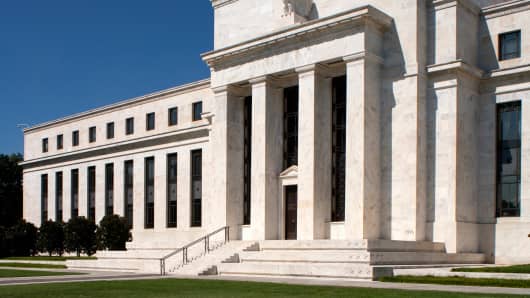I'm hopeful it's just a breather. The housing market and autos are improving, and modest improvements in capital spending—core durable goods have been pretty good—are also occurring.
That might not be 3 percent growth, but it might well be 2 percent. If you look at this data for March, it looks sub-2 percent.
Is the market vulnerable? Sure: We were essentially at new highs yesterday. But how vulnerable? Here's one way to look at it: The 10-year Treasury note is back at 1.7 percent; with the exception of one day in February, the last time it was at that level was at the end of 2012, when the S&P 500 was at 1,415. That was about 10 percent below where we are now. That might be the downside risk.
Elsewhere:
1) We head into earnings season Monday with Alcoa, but that company has not been a market bellwether for years. The real earnings season kicks off next Friday with JPMorgan Chase and Wells Fargo.
Obviously, there are downside risks with the economy and an increased chance of earnings misses. But once again, estimates have been coming down. At the start of the quarter, first-quarter earnings for the S&P 500 were expected to be up 3.2 percent. Now estimates have been reduced to show an increase of just 0.6 percent. If history repeats itself, we will end up with modest gains (about 3 percent) for the quarter.
Earnings for 2013 are back-end loaded: Analysts are expecting earnings to improve each quarter ... that's where the real risk could be.
2) Lipper is reporting inflows into stock mutual funds for the 13th straight week, stock exchange-traded funds had inflows for the third straight week. But bond funds also had inflows.
—By CNBC's Bob Pisani










